Wasiq Khan
Human Body Pose Estimation for Gait Identification: A Comprehensive Survey of Datasets and Models
May 23, 2023Abstract:Person identification is a problem that has received substantial attention, particularly in security domains. Gait recognition is one of the most convenient approaches enabling person identification at a distance without the need of high-quality images. There are several review studies addressing person identification such as the utilization of facial images, silhouette images, and wearable sensor. Despite skeleton-based person identification gaining popularity while overcoming the challenges of traditional approaches, existing survey studies lack the comprehensive review of skeleton-based approaches to gait identification. We present a detailed review of the human pose estimation and gait analysis that make the skeleton-based approaches possible. The study covers various types of related datasets, tools, methodologies, and evaluation metrics with associated challenges, limitations, and application domains. Detailed comparisons are presented for each of these aspects with recommendations for potential research and alternatives. A common trend throughout this paper is the positive impact that deep learning techniques are beginning to have on topics such as human pose estimation and gait identification. The survey outcomes might be useful for the related research community and other stakeholders in terms of performance analysis of existing methodologies, potential research gaps, application domains, and possible contributions in the future.
Phishing Attacks and Websites Classification Using Machine Learning and Multiple Datasets (A Comparative Analysis)
Jan 06, 2021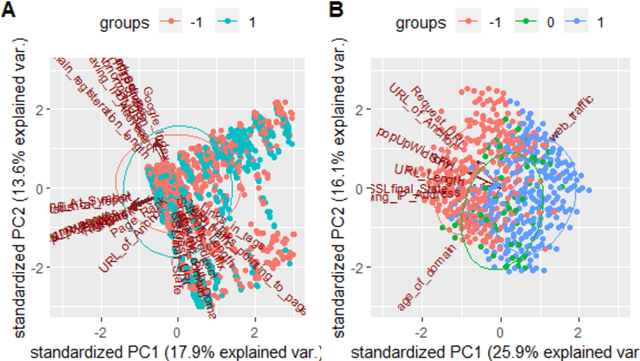



Abstract:Phishing attacks are the most common type of cyber-attacks used to obtain sensitive information and have been affecting individuals as well as organisations across the globe. Various techniques have been proposed to identify the phishing attacks specifically, deployment of machine intelligence in recent years. However, the deployed algorithms and discriminating factors are very diverse in existing works. In this study, we present a comprehensive analysis of various machine learning algorithms to evaluate their performances over multiple datasets. We further investigate the most significant features within multiple datasets and compare the classification performance with the reduced dimensional datasets. The statistical results indicate that random forest and artificial neural network outperform other classification algorithms, achieving over 97% accuracy using the identified features.
Association Learning Between the COVID-19 Infections and Global Demographic Characteristics Using the Class Rule Mining and Pattern Matching
Oct 09, 2020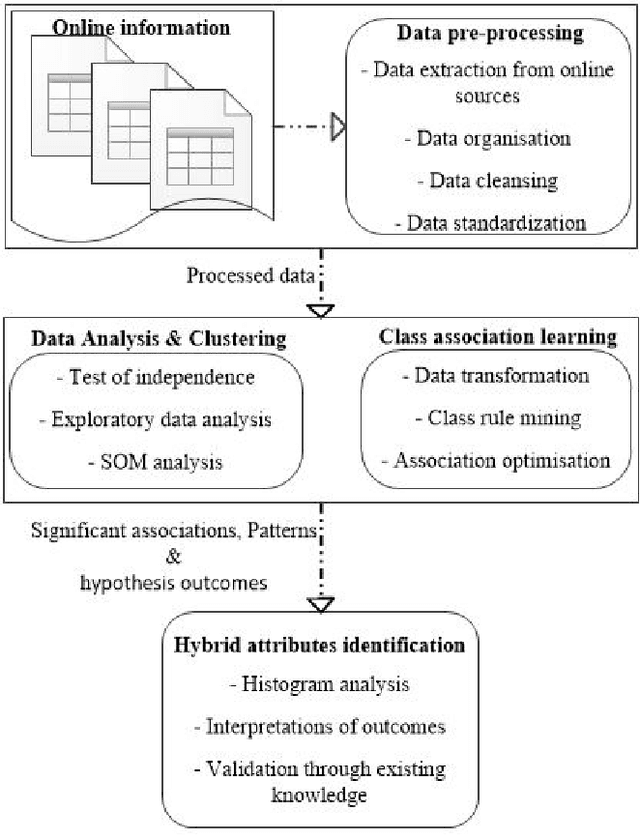
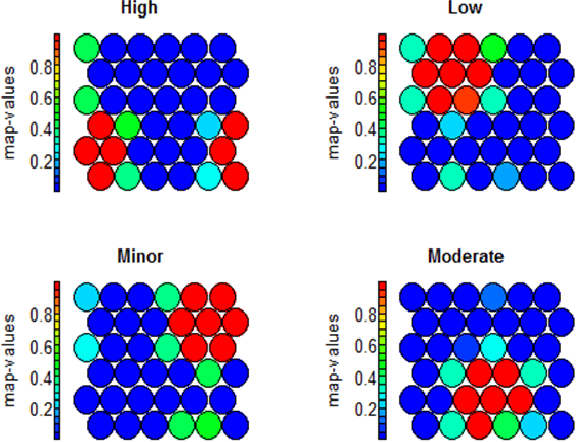
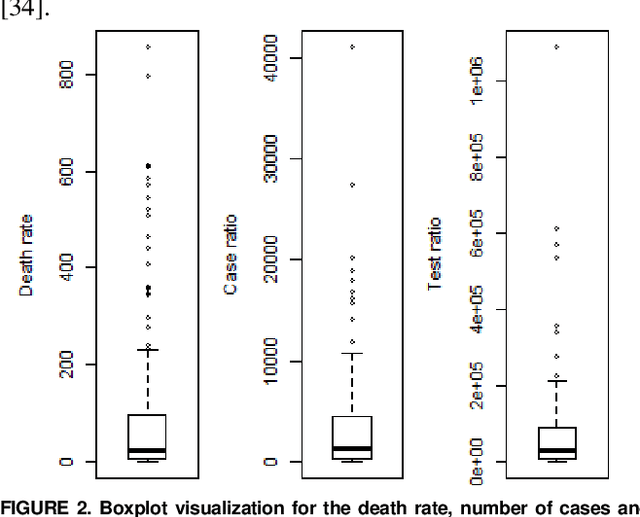
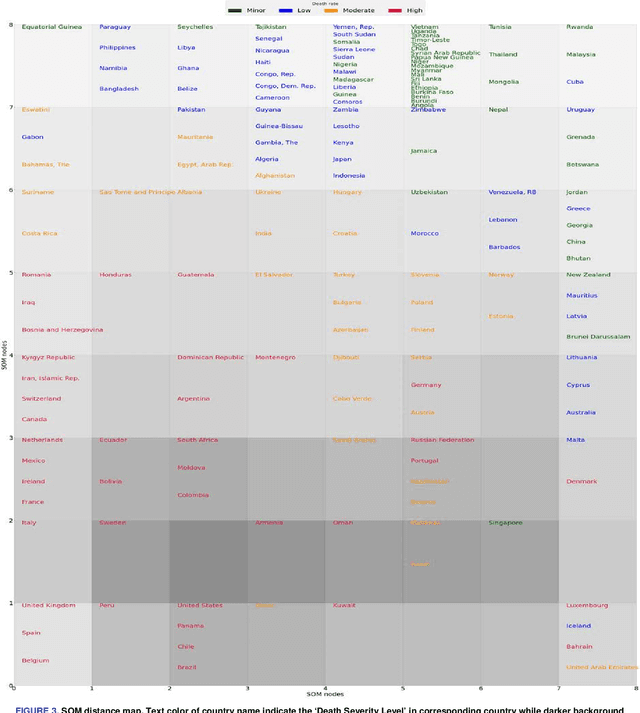
Abstract:Over 26 million cases have been confirmed worldwide (by 20 August 2020) since the Coronavirus disease (COIVD_19) outbreak in December 2019. Research studies have been addressing diverse aspects in relation to COVID_19 including potential symptoms, predictive tools and specifically, correlations with various demographic attributes. However, very limited work is performed towards the modelling of complex associations between the combined demographic attributes and varying nature of the COVID_19 infections across the globe. Investigating the underlying disease associations with the combined demographical characteristics might help in comprehensive analysis this devastating disease as well as contribute to its effective management. In this study, we present an intelligent model to investigate the multi-dimensional associations between the potentially relevant demographic attributes and the COVID_19 severity levels across the globe. We gather multiple demographic attributes and COVID_19 infection data (by 20 August 2020) from various reliable sources, which is then fed-into pattern matching algorithms that include self-organizing maps, class association rules and statistical approaches, to identify the significant associations within the processed dataset. Statistical results and the experts report indicate strong associations between the COVID_19 severity levels and measures of certain demographic attributes such as female smokers, when combined together with other attributes. These results strongly suggest that the mechanism underlying COVID_19 infection severity is associated to distribution of the certain demographic attributes within different regions of the world. The outcomes will aid the understanding of the dynamics of disease spread and its progression that might in turn help the policy makers and the society, in better understanding and management of the disease.
 Add to Chrome
Add to Chrome Add to Firefox
Add to Firefox Add to Edge
Add to Edge